Just a reminder that Oct 22 is a big day for Kyoto, with the Jidai Matsuri (Festival of Ages) during the daytime and the Kurama Hi Matsuri (Fire Festival) in the evening. The former is run by Heian Shrine and the latter by little Yuki Shrine in Kurama Temple.
The two festivals make an interesting contrast. One was created in Meiji times as a conscious attempt to revive the city’s fortunes in the wake of the move of the emperor and his associates from Kyoto to Tokyo. It’s given the full backing of the city in provision of its lavish costumes etc, and it has a strong imperial bias in keeping with Kyoto being the seat of the emperor for over 1000 years.
Kurama Fire Festival by contrast has the feel of a traditional village festival with an air of merriment and spontaneity as revellers parade their large burning bamboo torches along the main street of the small settlement. “Saireya, sairyo,” shout the torch bearers. When they turn to rush up the steep stairs at the entrance to the temple-shrine, things can get quite sparky. Literally.
Both festivals are parades. Both memorialise Japanese history. But while one is a stately procession of 2000 people that seems to go on forever, the other has something of the true spirit of kami possession (or would do if only the police didn’t sanitise the whole thing by keeping the crowds back and the traffic flowing!).
***************************************************************************
The following comes from the monthly publication, Kyoto Visitors Guide.
The Jidai Matsuri Festival (Oct. 22)
The rich costume pageant portraying Kyoto’s history
In 1895, Kyoto city held its first Jidai Matsuri Festival: a colorful, exotic costume parade dedicated to the Old Capital’s 1100 year history. The first festival also marked the opening of Heian Shrine, a 2/3 scale model of Kyoto’s original imperial palace. The shrine was specially built to enshrine the spirit of Emperor Kammu (reigning 781-806), who founded Kyoto in 794, and the city’s last reigning emperor and Emperor Komei (reigning 1847-1866).
Today, after nearly 120 years, the Jidai Matsuri Festival continues to be a major focus of pride for the city of Kyoto. For most visitors, the festival’s biggest attraction lies in the fantastic range of authentic historical costumes, covering twelve centuries of Kyoto’s history and social development, worn by the participants.
The festival begins at seven in the morning on the 22nd with the transferal, on sacred palanquins, a covered seat carried on poles on the shoulders of two or four people, of the imperial spirits from Heian Shrine to the Old Imperial Palace. At around 12:00, the southern central axis of the Old Imperial Palace becomes a massive stage of the ages. The procession departs from here and slowly makes its way through the streets of Kyoto to Heian Shrine.
Oct. 22 Kurama Fire Festival in Kurama
The festival begins at sunset with the lighting of fire lanterns in front of each house; The highlight of the festival is watching the men in traditional clothing as they walk up through the village straining under the weight of huge fire torches (5-6 meters long, weighing over 100 kg); Around 20:00, a group of cheering men race up the stairs to Yuki Shrine carrying a large mikoshi (portable shrine) to make the annual offering to the gods
Access: Eizan Railways Kurama Stn. (from Demachiyanagi Stn.; *The train after 17:00 or so, expect to wait in line and be packed in; It’s best to go early and leave early.
For a two and a half minute video of the fire festival, with lots of chanting, smoke and flames, see http://www.youtube.com/watch?v=4pzc2C8EqFs
For a similar length video that gives a feel of the Jidai Matsuri, see http://www.youtube.com/watch?v=Mp_QUCBTPVU

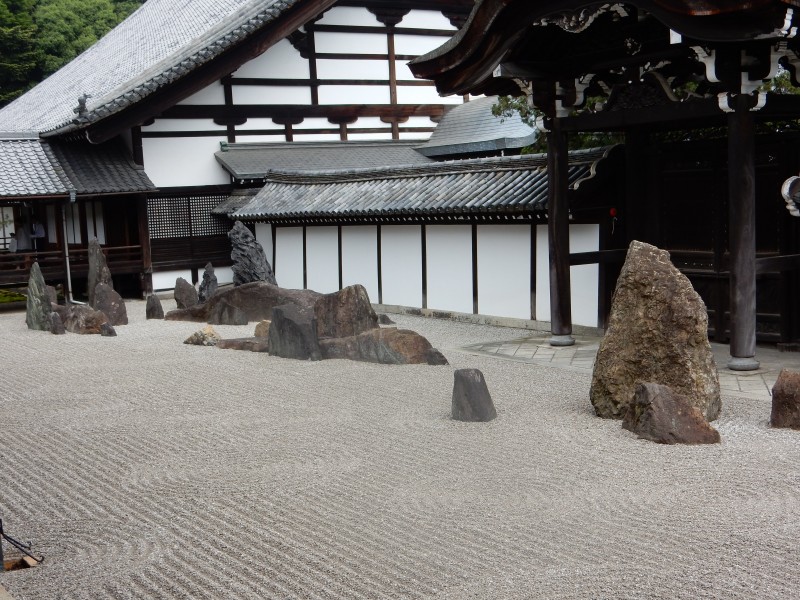
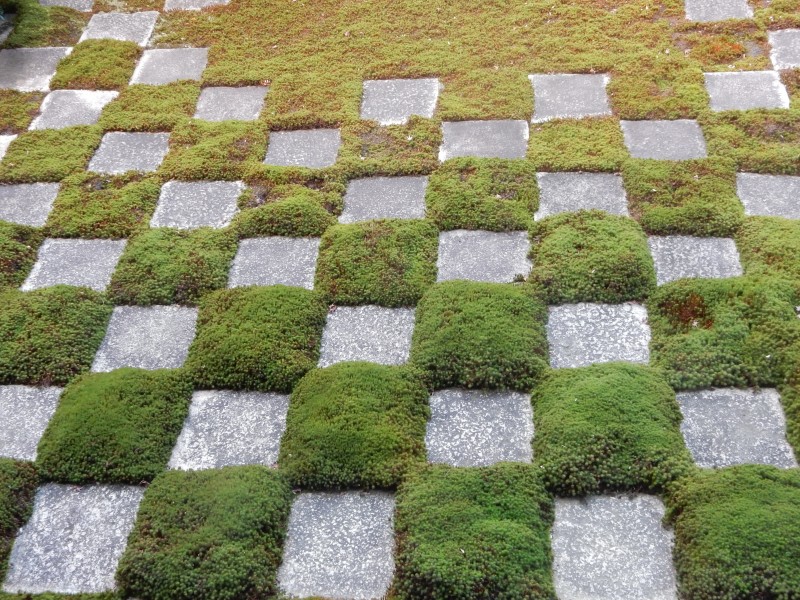
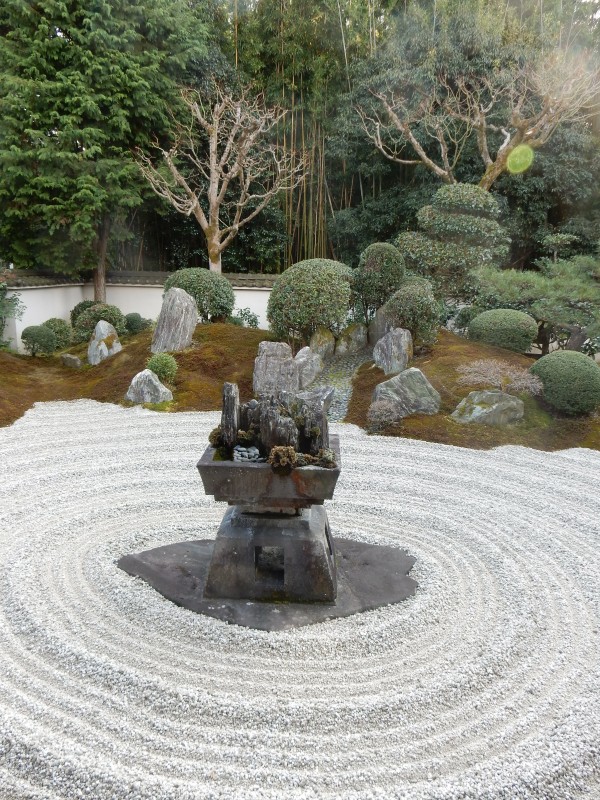
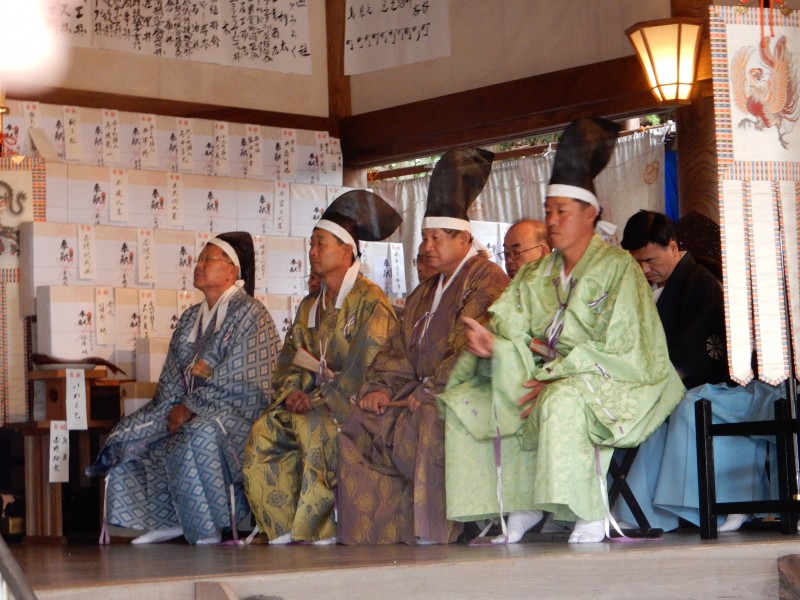
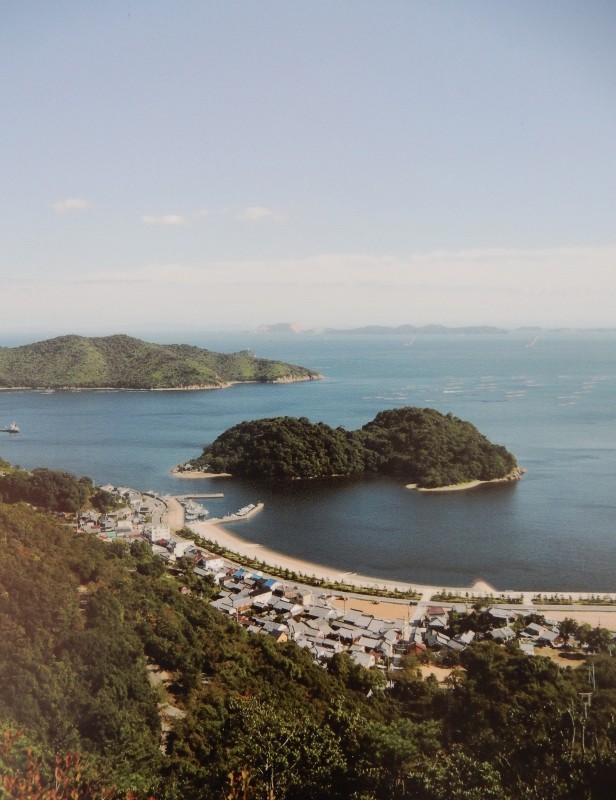
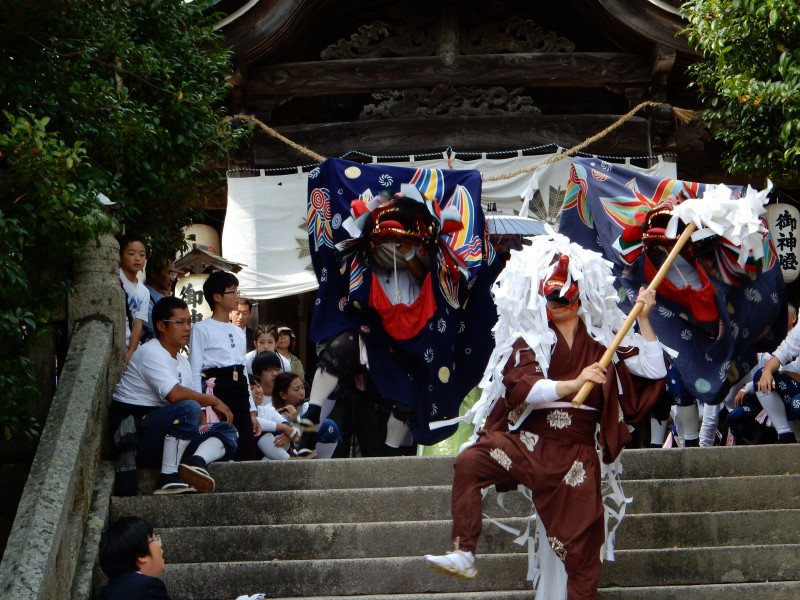
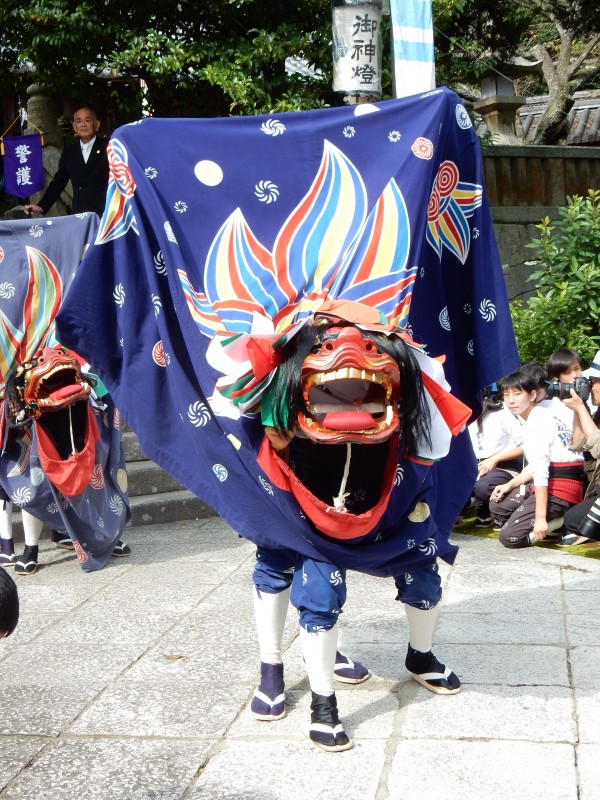
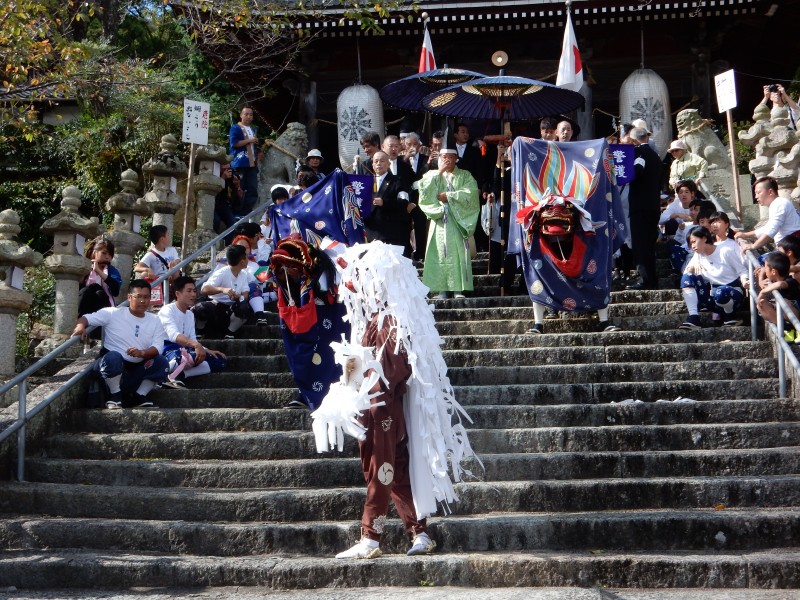
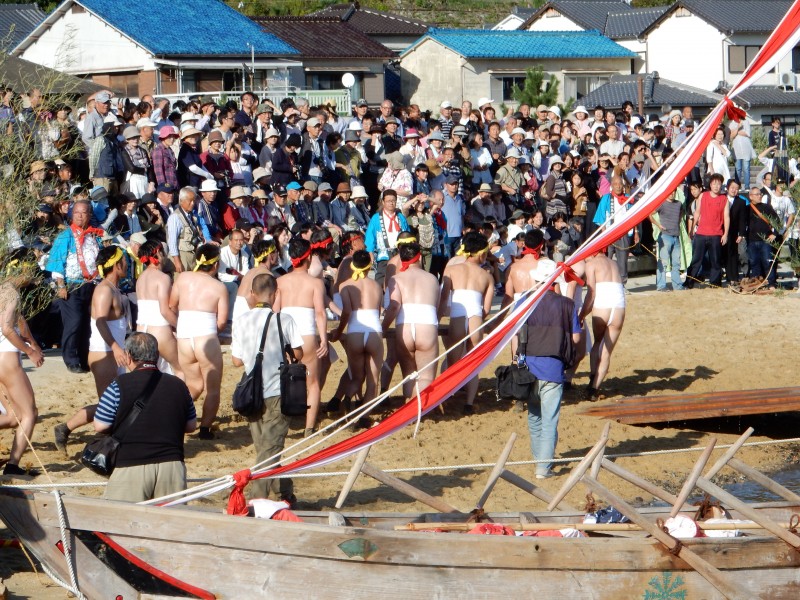
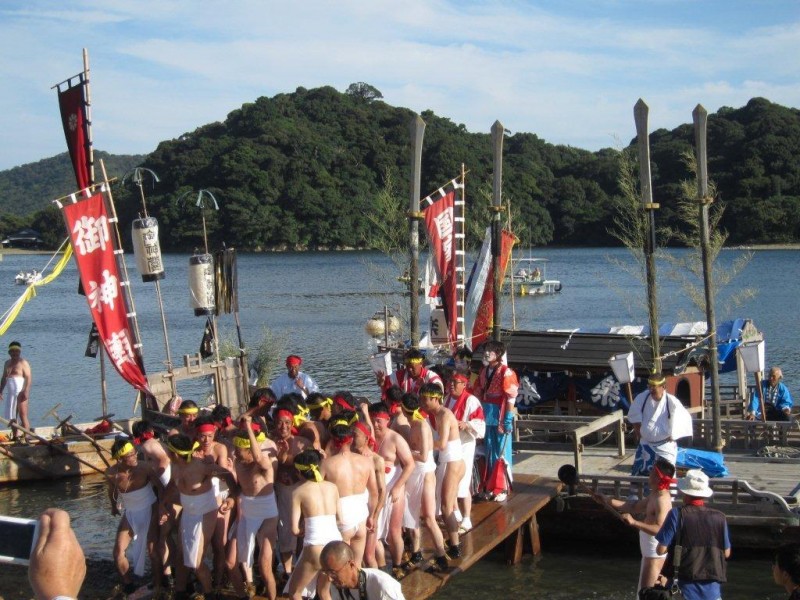
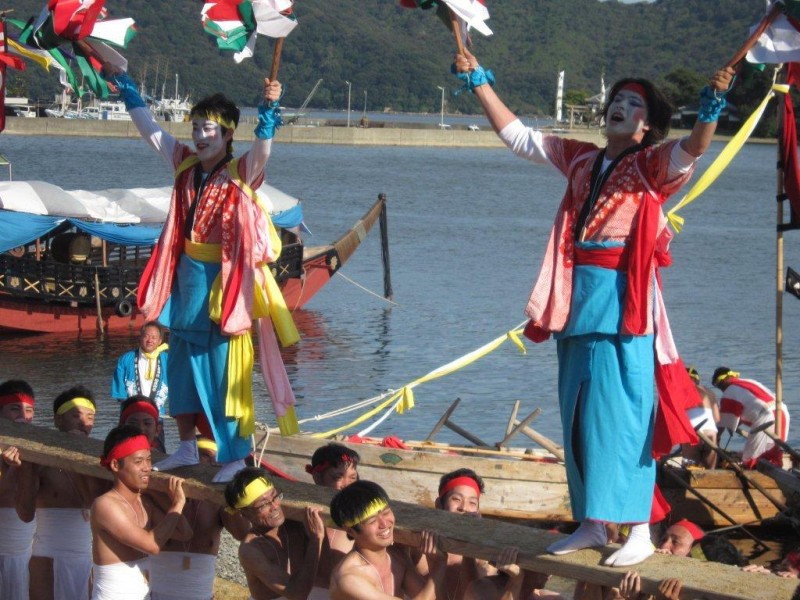
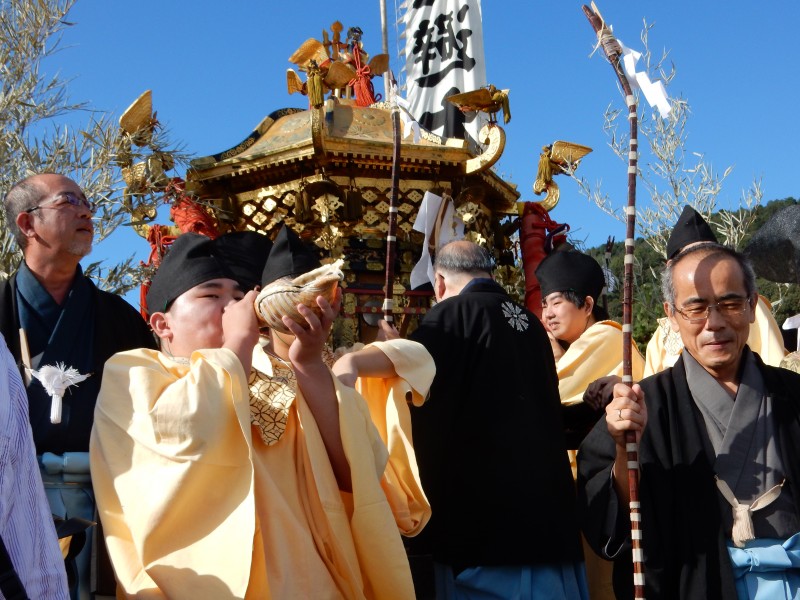
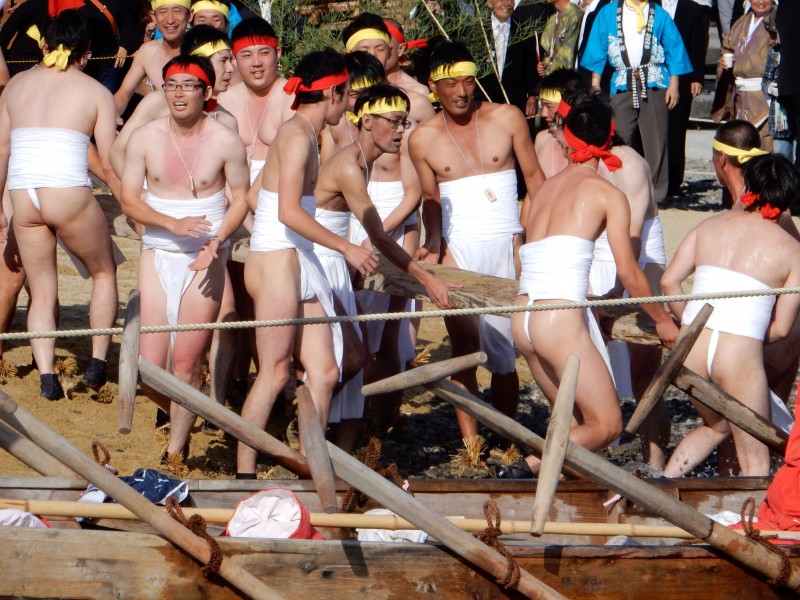
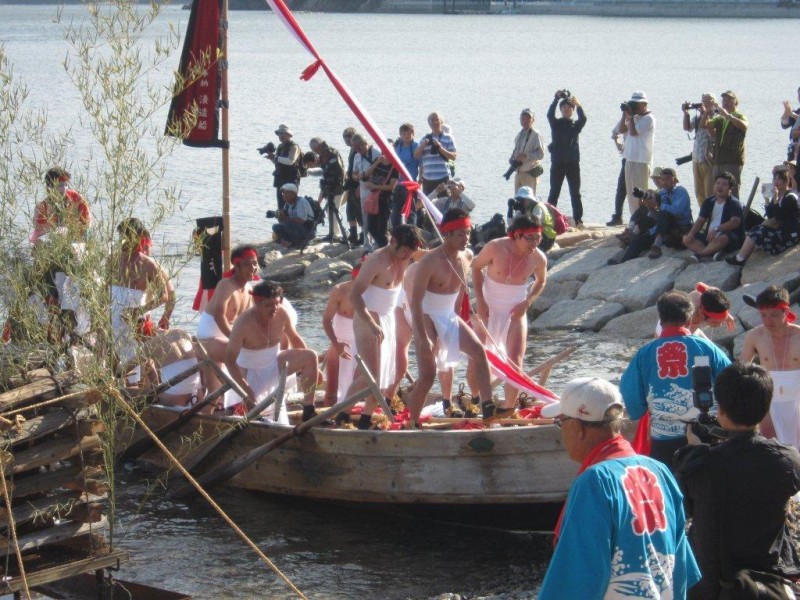
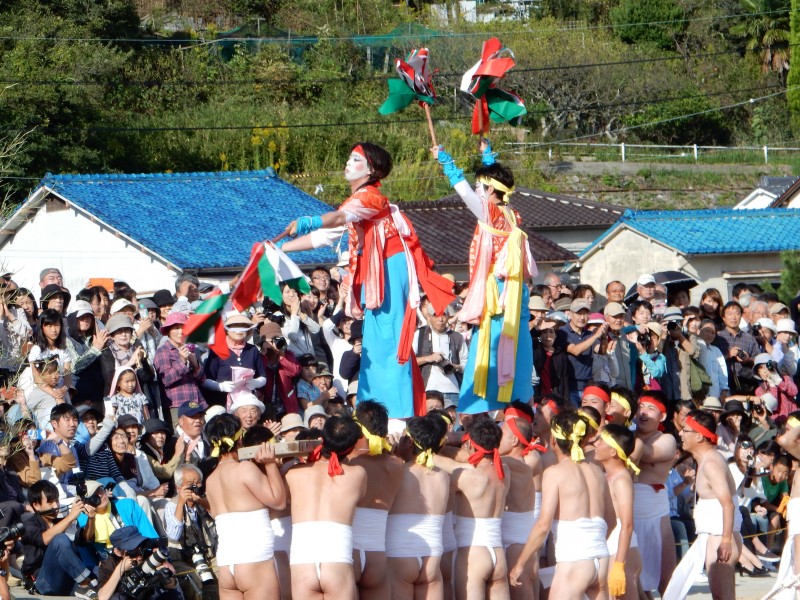
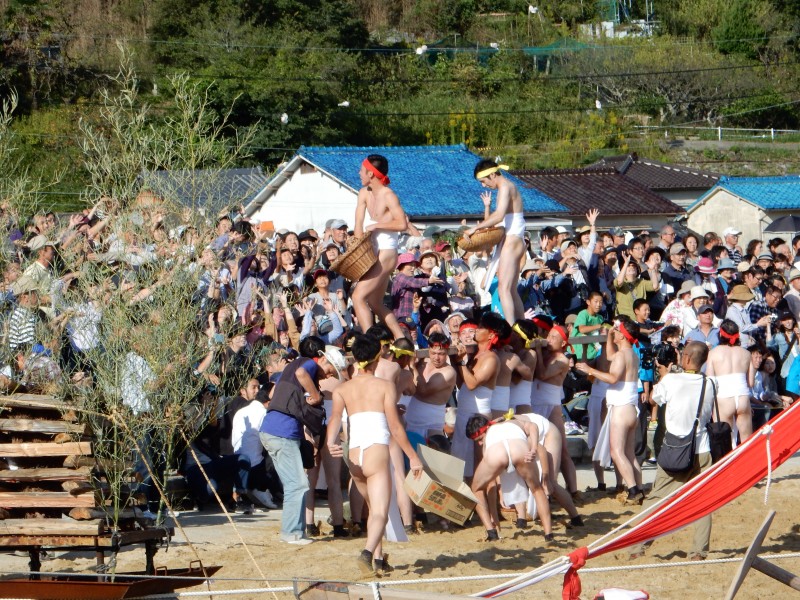
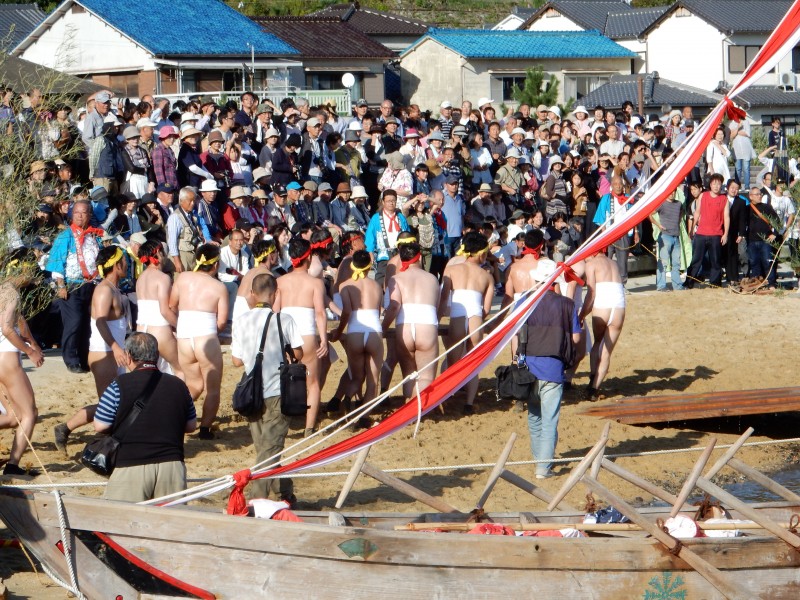
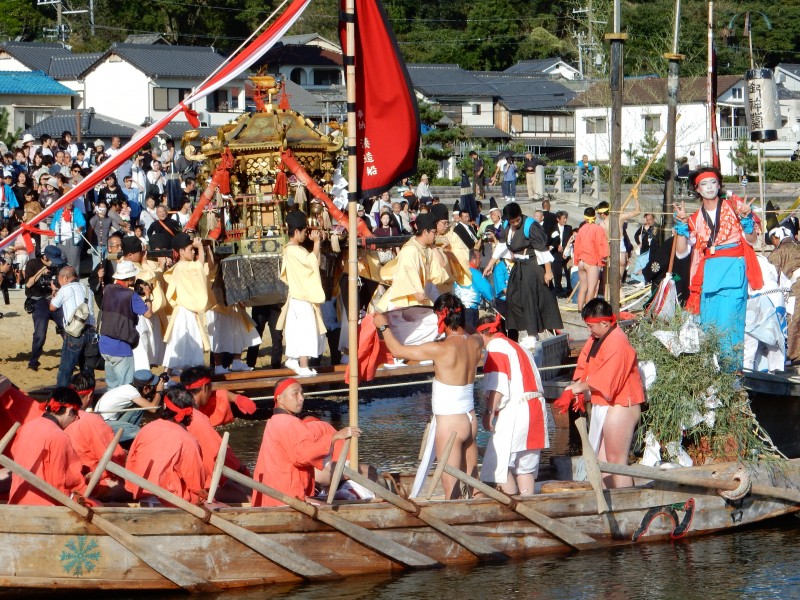
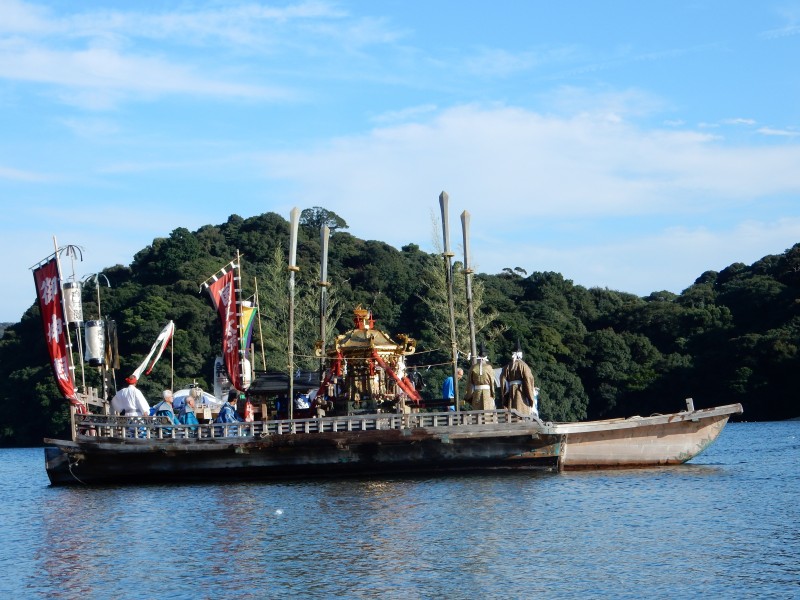
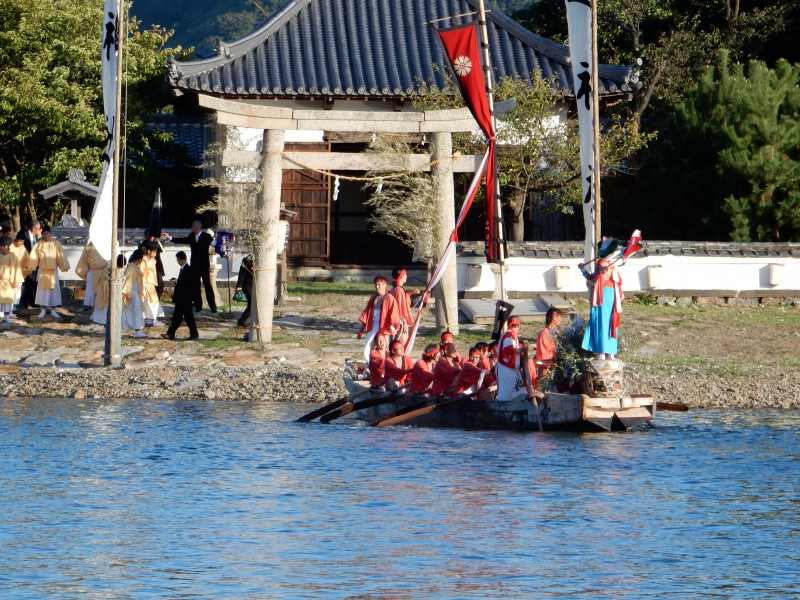
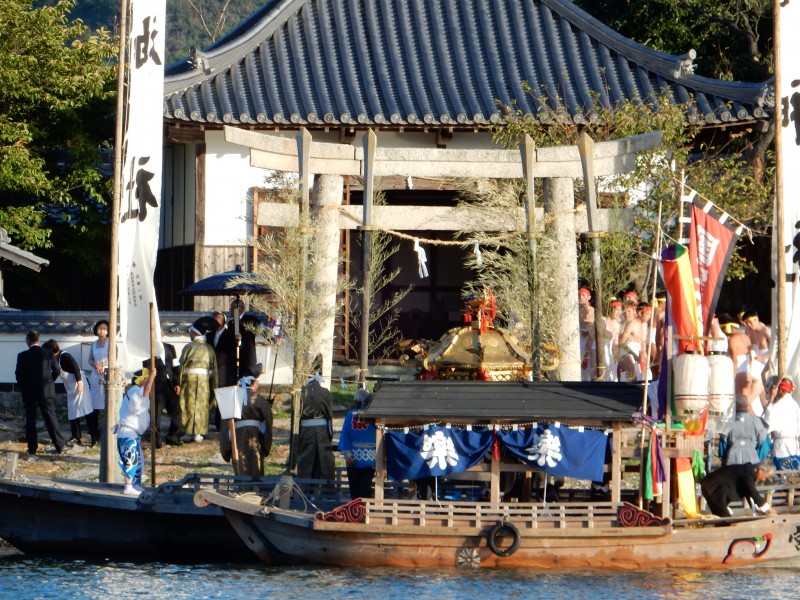
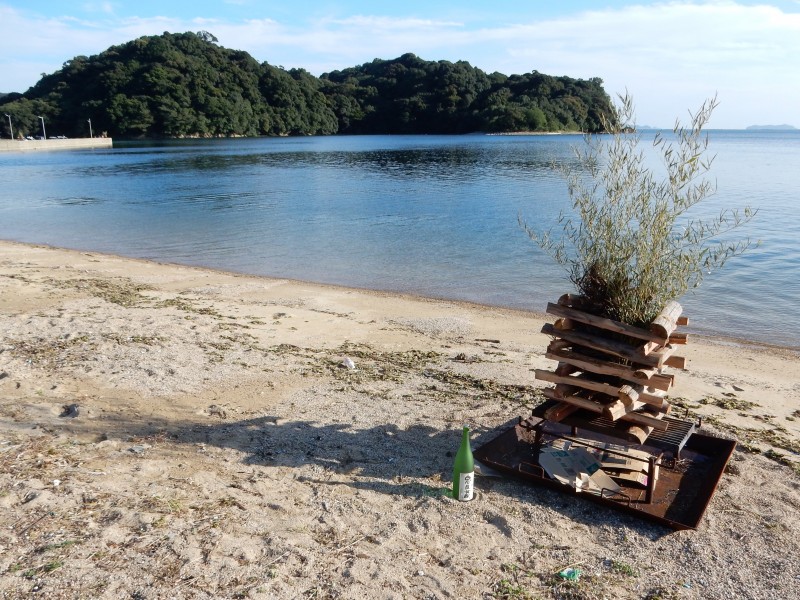
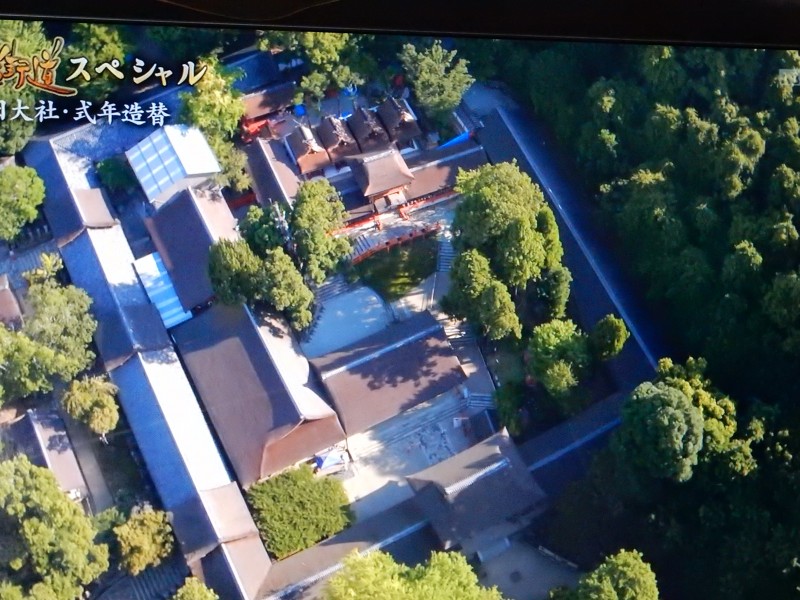
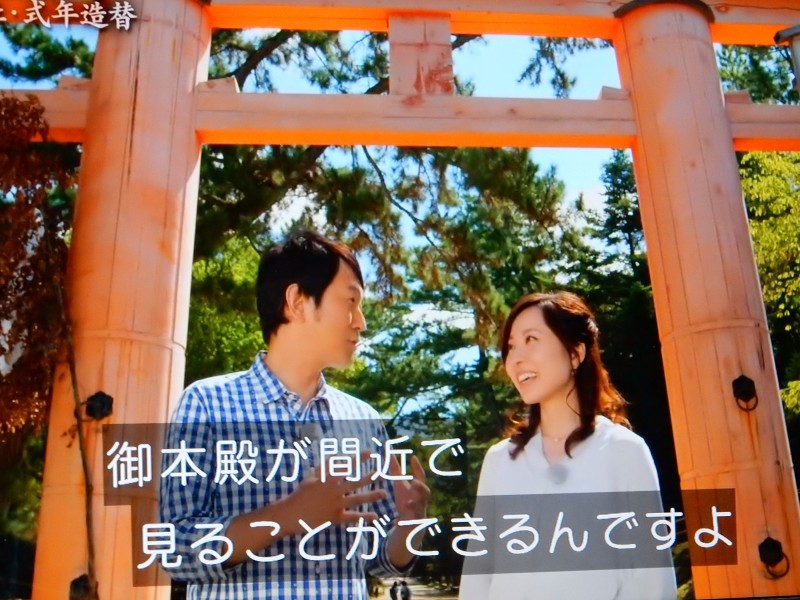
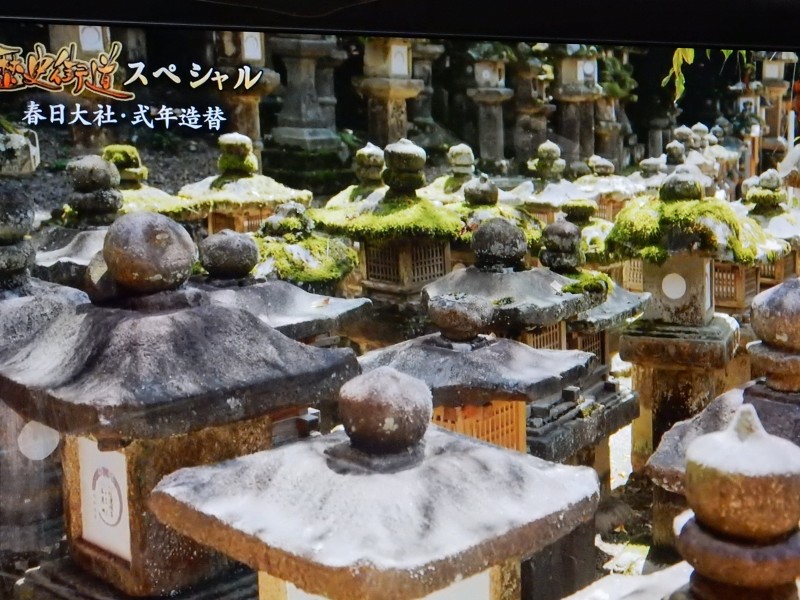
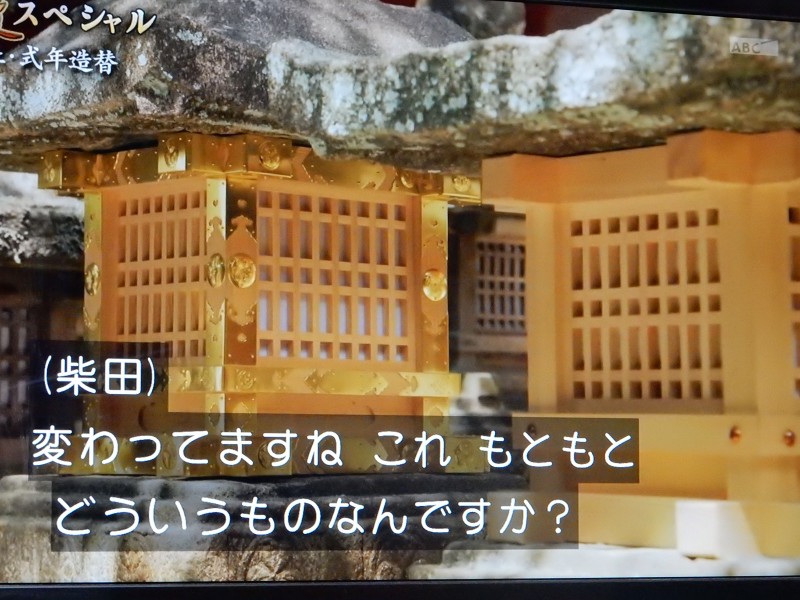
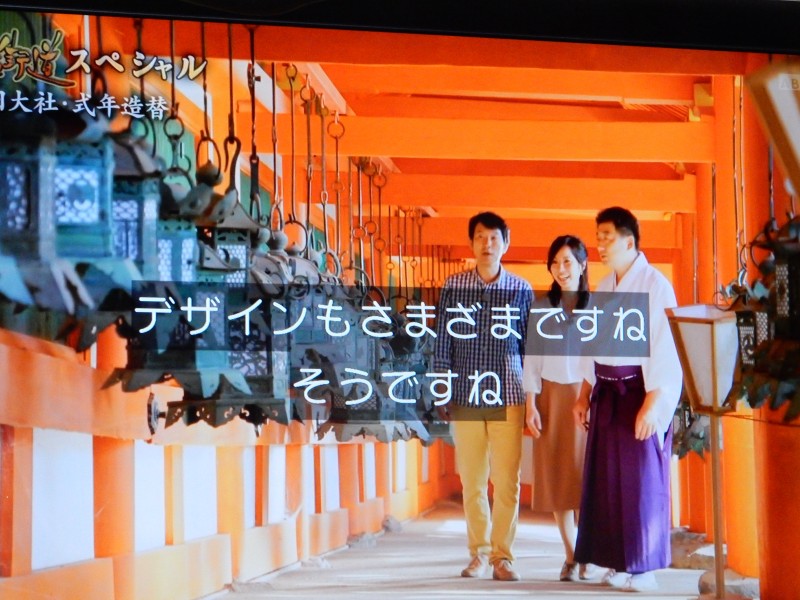
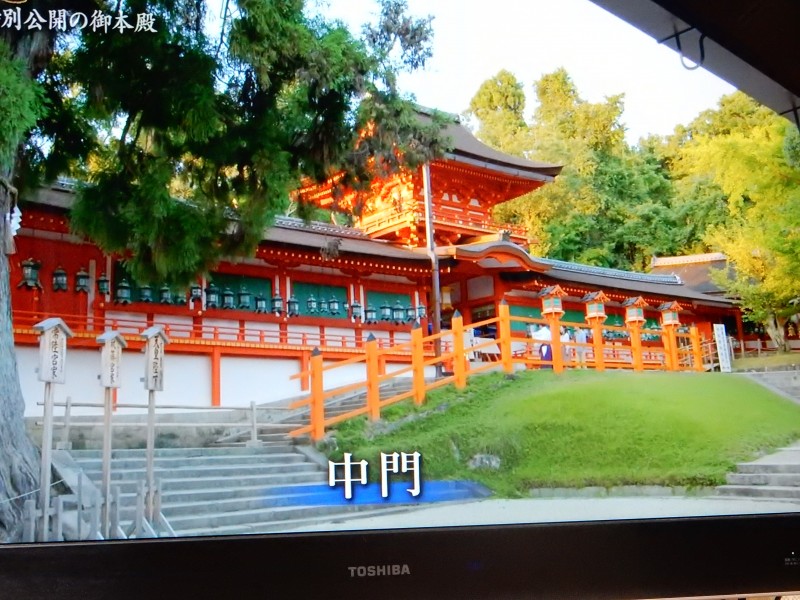
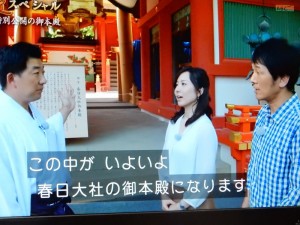
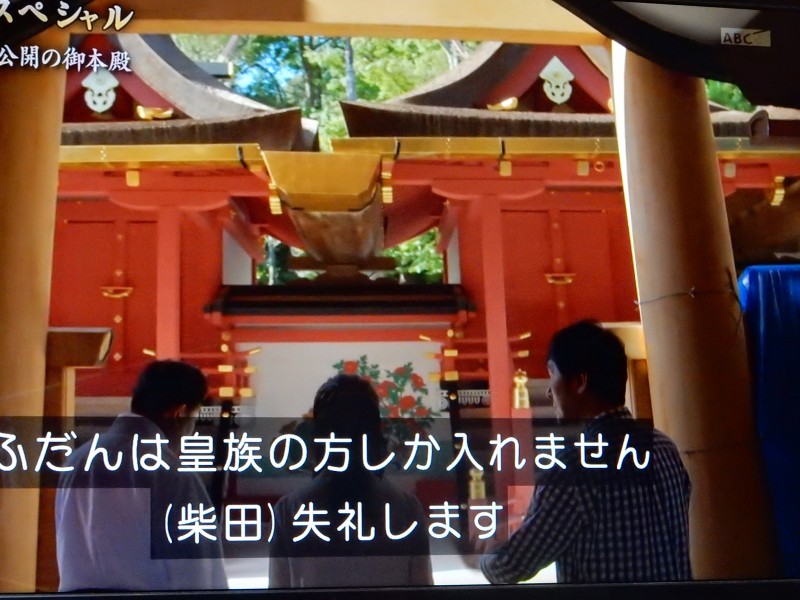
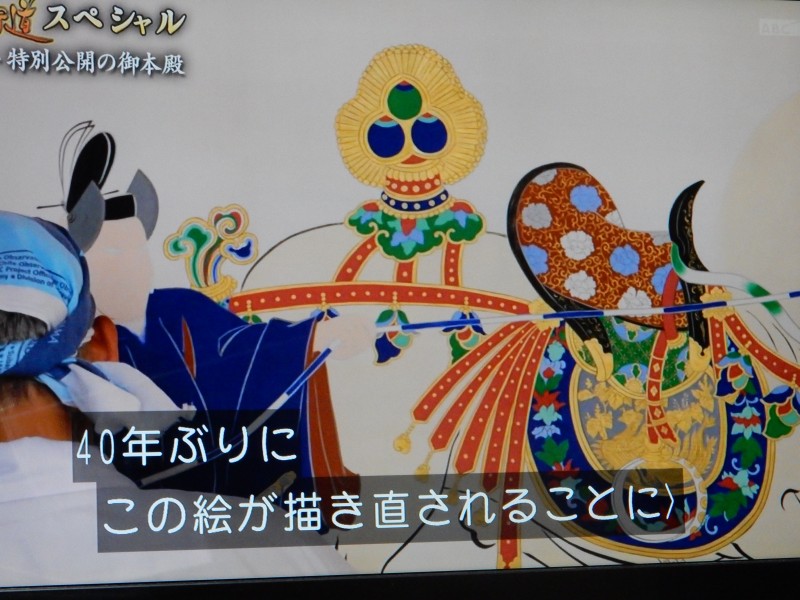
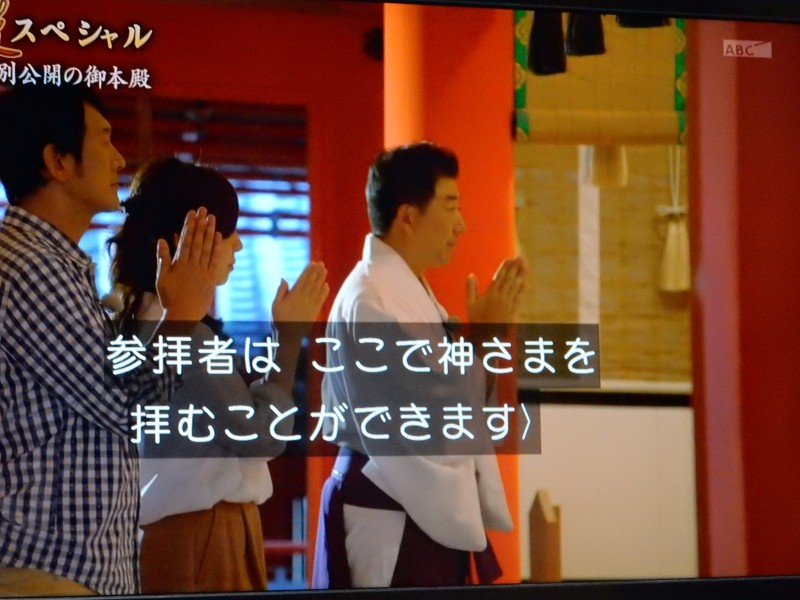
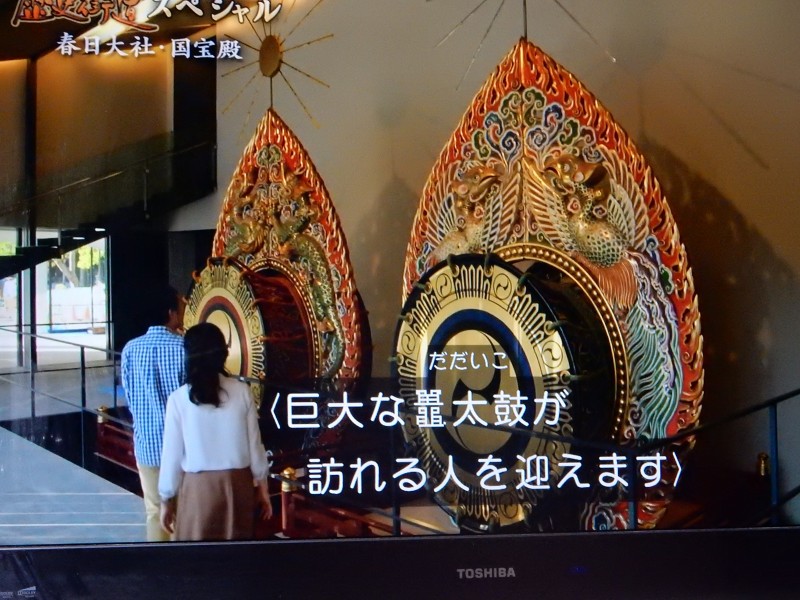
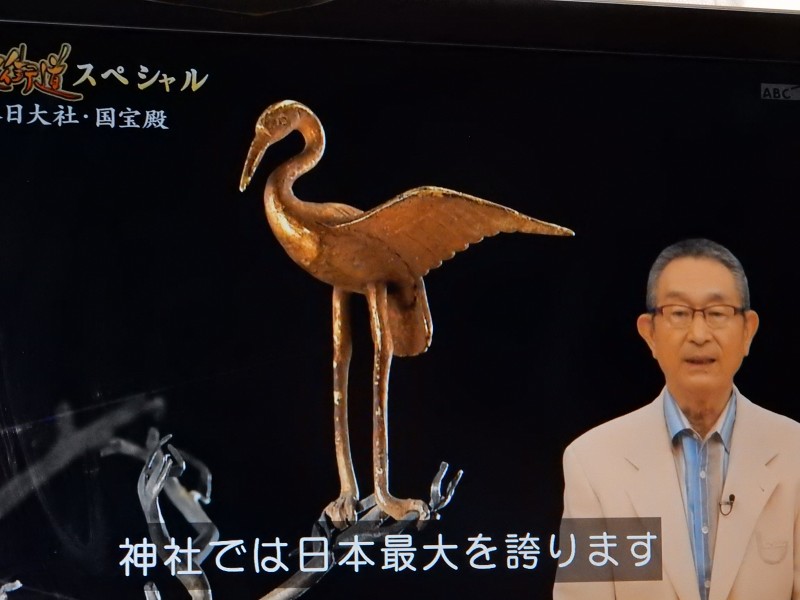
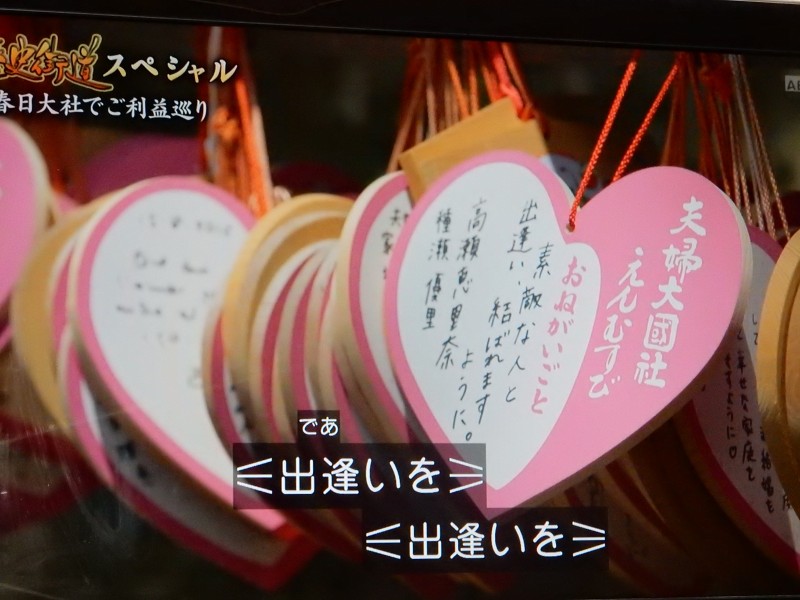
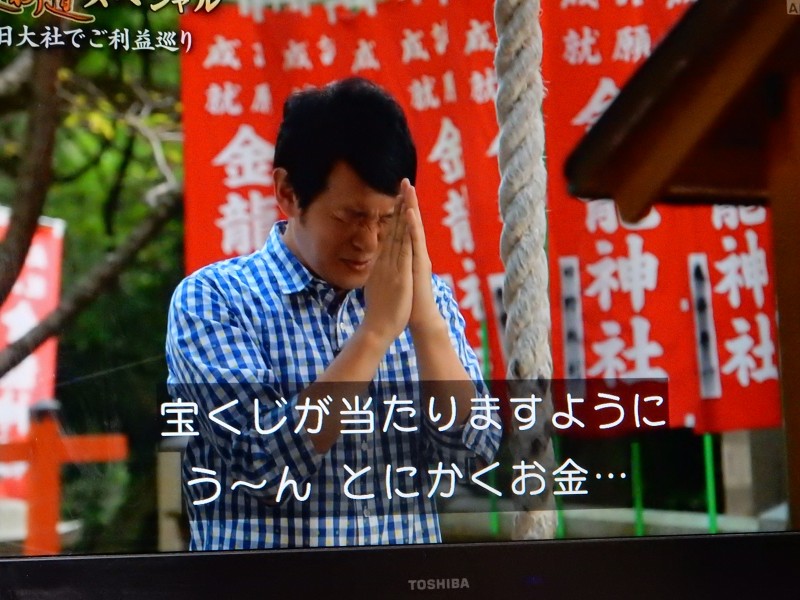
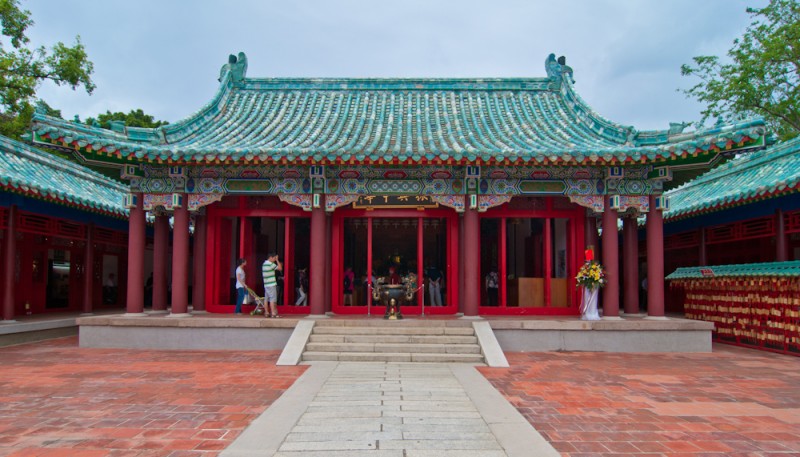

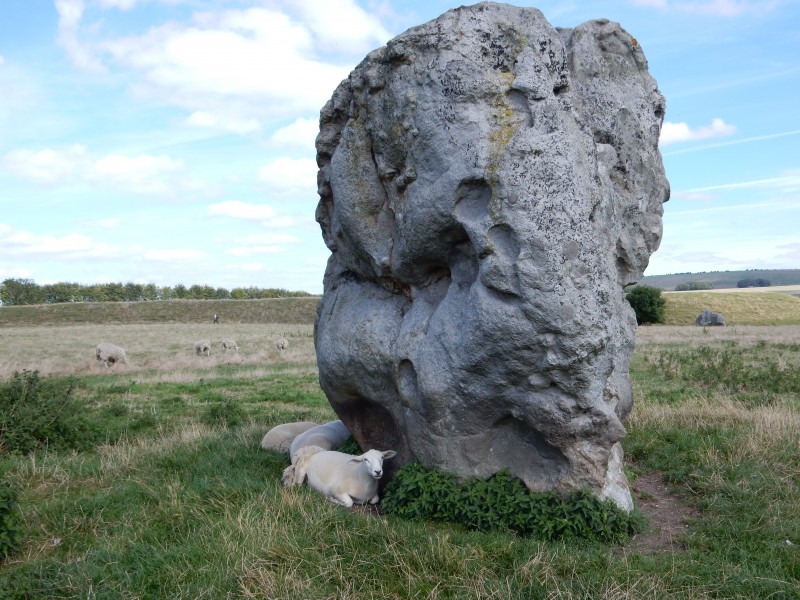
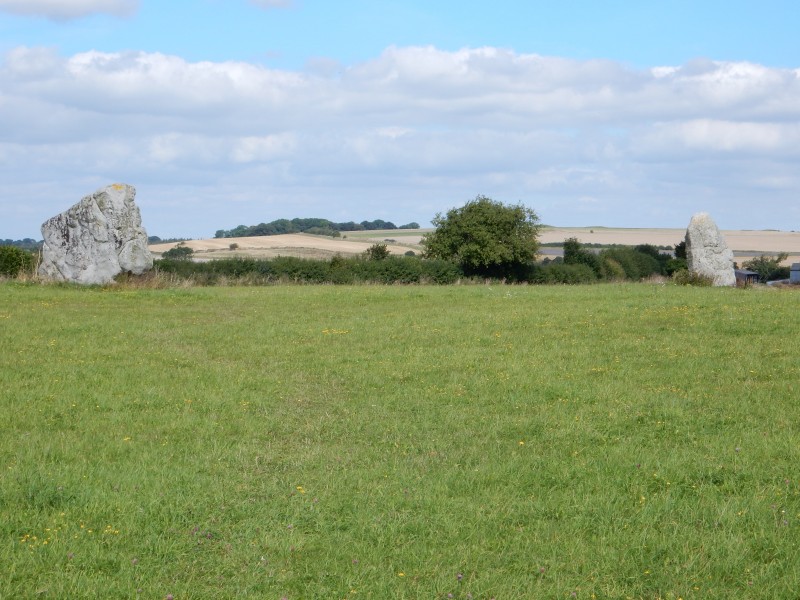
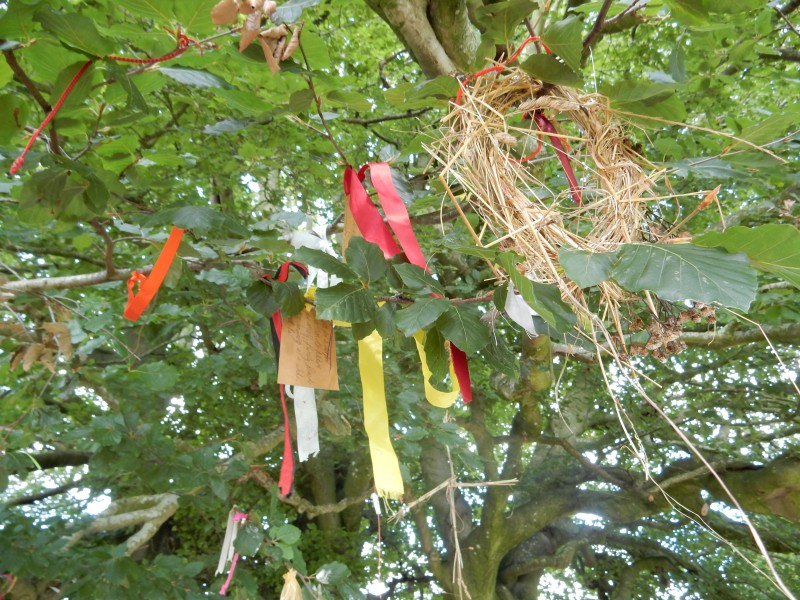
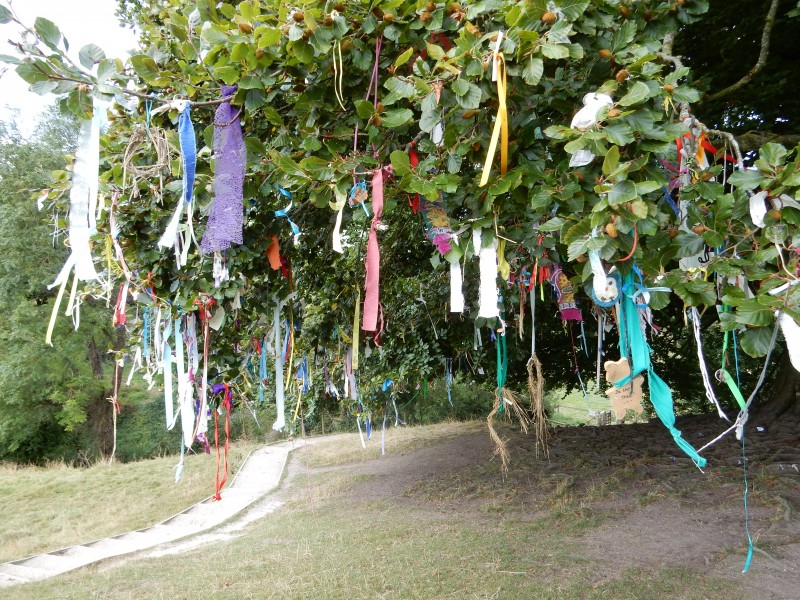
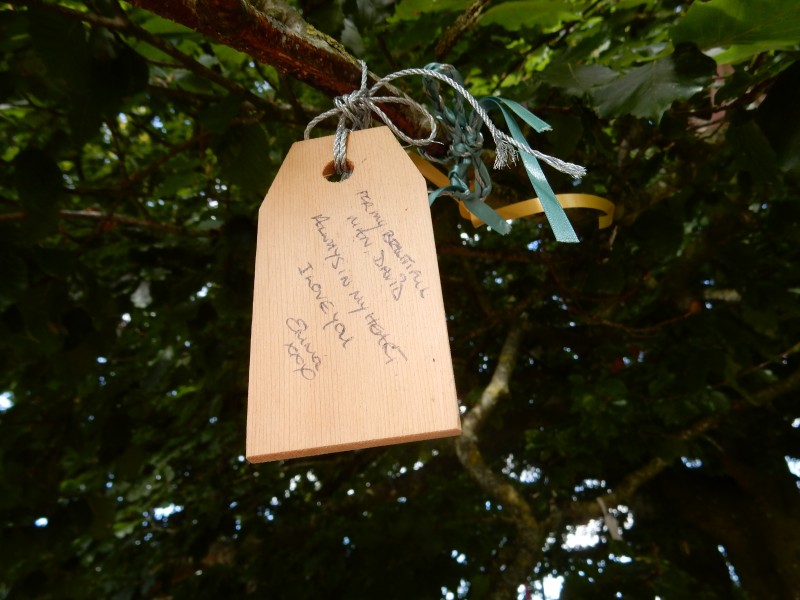
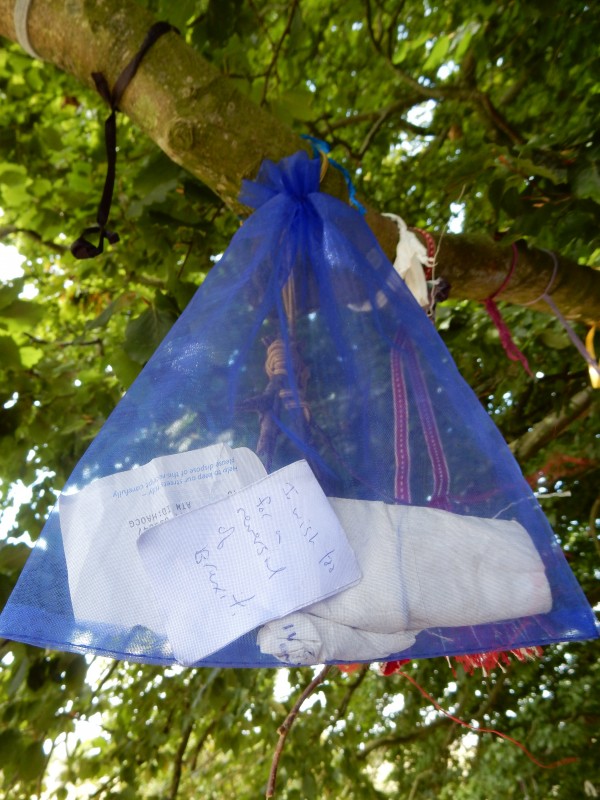
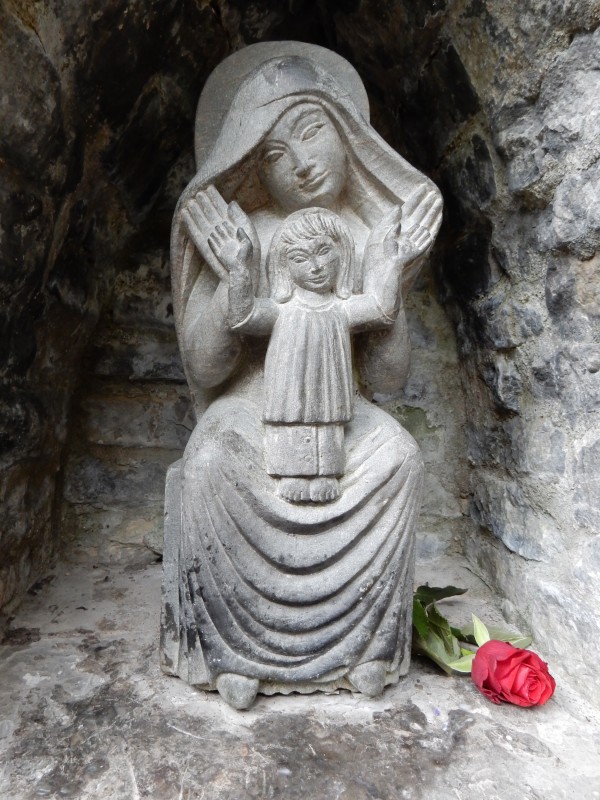
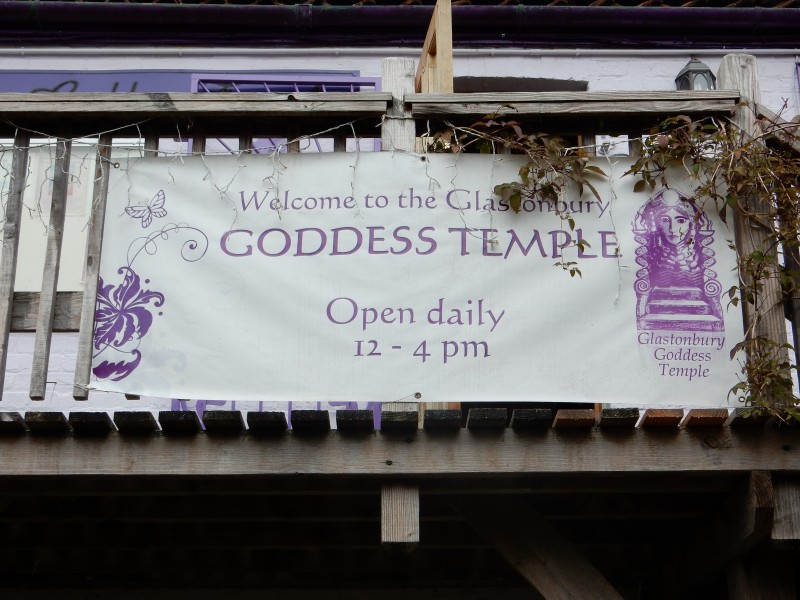
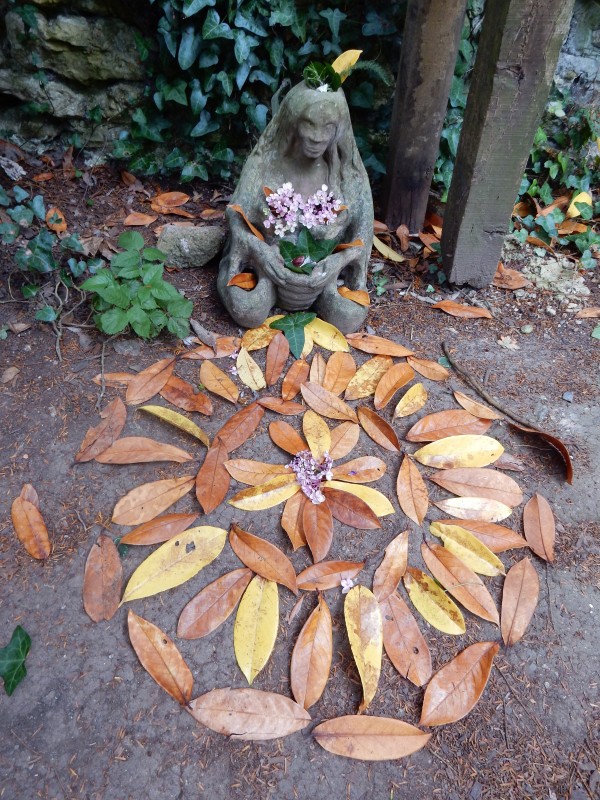
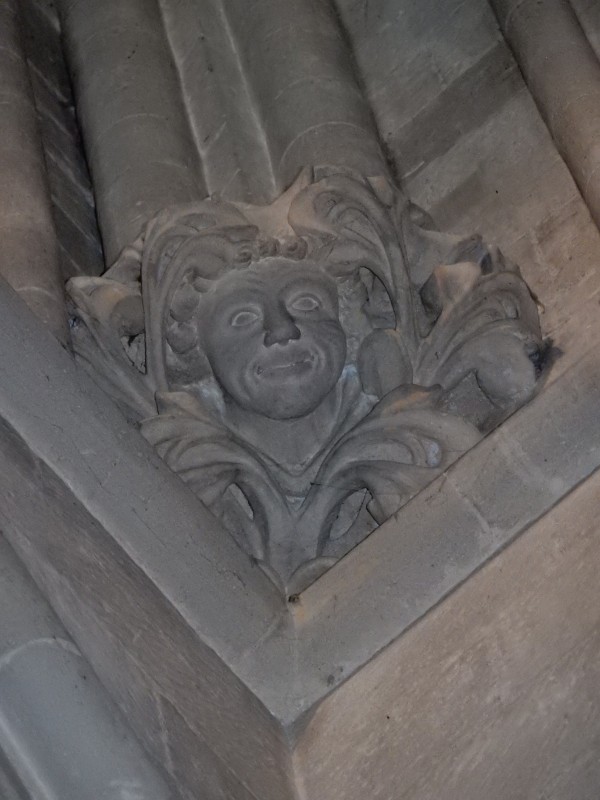
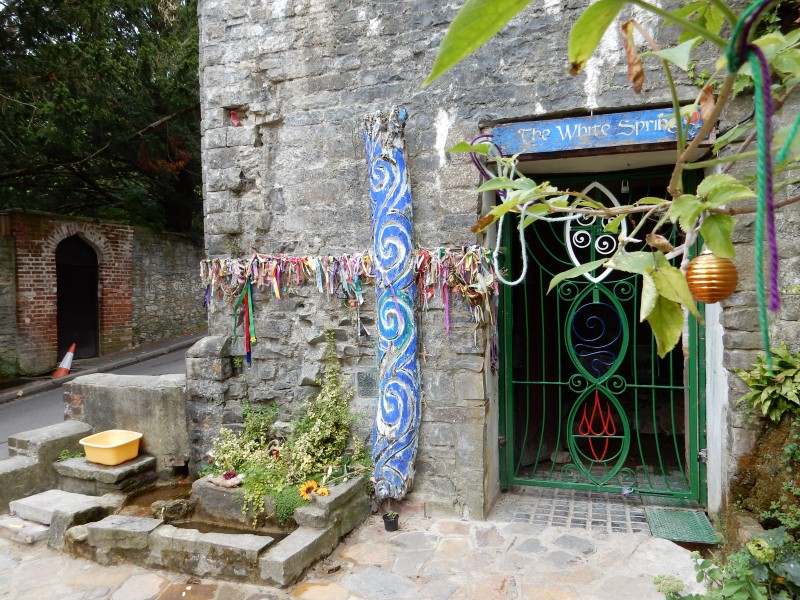
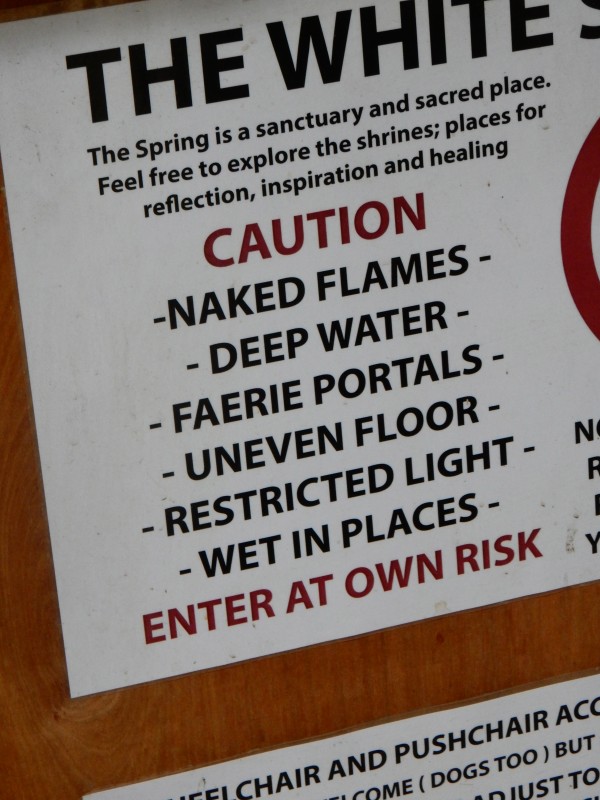
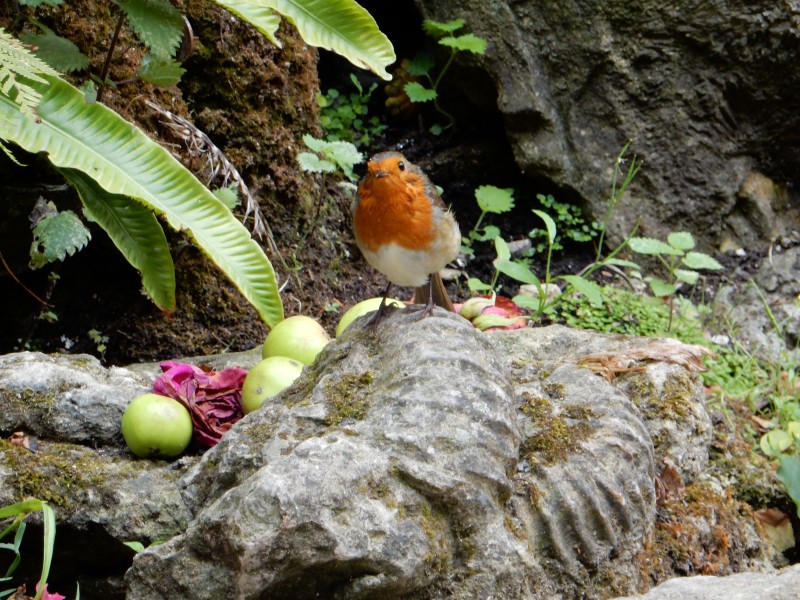
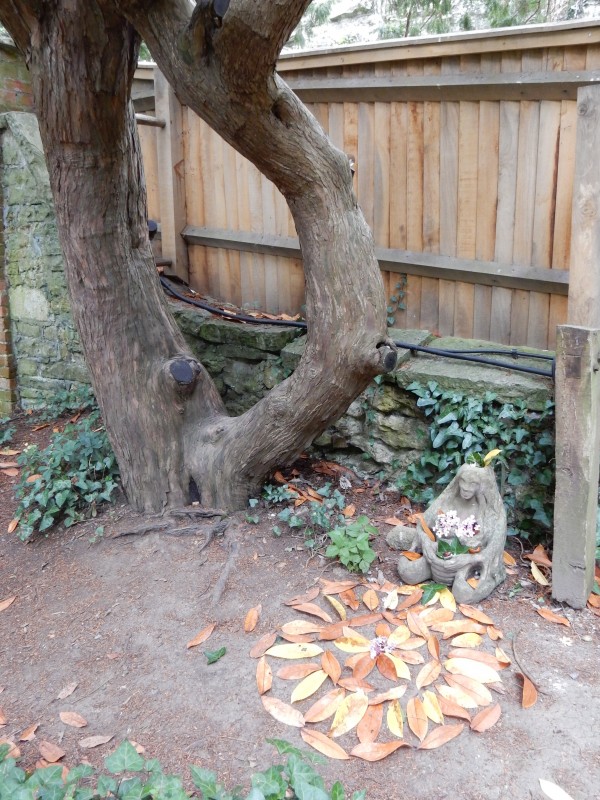
85 lawmakers visit Yasukuni Shrine
A Shinto priest leads a group of lawmakers at Yasukuni Shrine in Tokyo on Tuesday. AFP